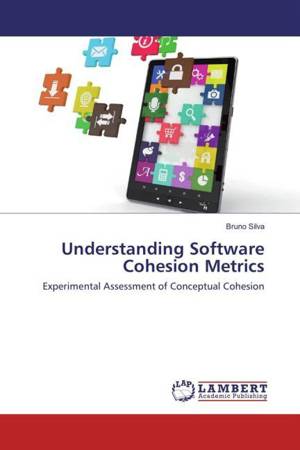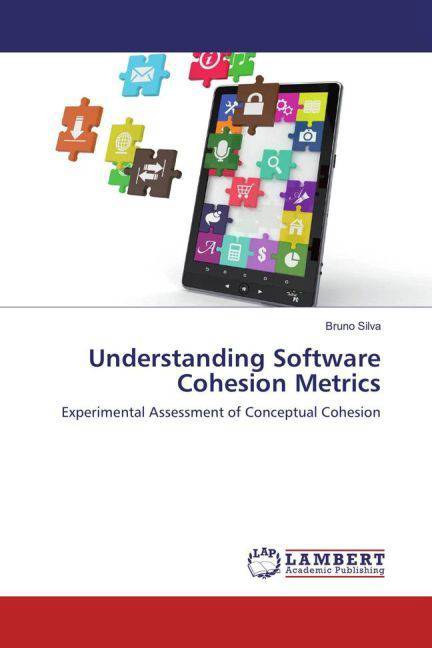
- Afhalen na 1 uur in een winkel met voorraad
- Gratis thuislevering in België vanaf € 30
- Ruim aanbod met 7 miljoen producten
- Afhalen na 1 uur in een winkel met voorraad
- Gratis thuislevering in België vanaf € 30
- Ruim aanbod met 7 miljoen producten
Zoeken
Understanding Software Cohesion Metrics
Experimental Assessment of Conceptual Cohesion
Bruno Silva
Paperback | Engels
€ 63,95
+ 127 punten
Omschrijving
Cohesion has been recognized as an important quality attribute of software design across decades. However, measuring cohesion is not trivial. Several structural cohesion metrics have been proposed in the last decades and incorporated in industry-scale software measurement tools. Cohesion, however, is not always well represented by module internal structure. Therefore, researchers have recently proposed an alternative way of measuring cohesion: the so-called conceptual cohesion metrics, which are based on the explicit identi cation of the concerns realized by each module. However, there is a lack of understanding on how conceptual cohesion metrics t among a number of conventional structural cohesion metrics. In this context, we performed a series of empirical studies in order to evaluate how and in which degree conceptual cohesion metrics di er from conventional structural cohesion metrics. Overall, our research was based on data obtained from: (i) a web-survey with eighty software developers from nine countries and (ii) the repository of six open source, long-lived, industry-scale, medium to large-sized systems with a change set of around thirty thousand source code revisions.
Specificaties
Betrokkenen
- Auteur(s):
- Uitgeverij:
Inhoud
- Aantal bladzijden:
- 184
- Taal:
- Engels
Eigenschappen
- Productcode (EAN):
- 9783659910173
- Uitvoering:
- Paperback
- Afmetingen:
- 150 mm x 220 mm

Alleen bij Standaard Boekhandel
+ 127 punten op je klantenkaart van Standaard Boekhandel
Beoordelingen
We publiceren alleen reviews die voldoen aan de voorwaarden voor reviews. Bekijk onze voorwaarden voor reviews.








